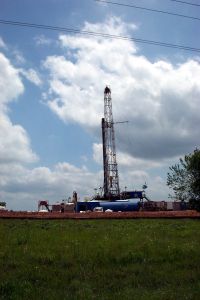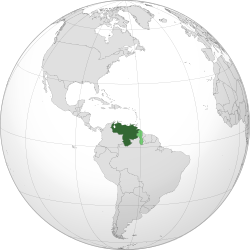In April 2013. representatives in the US House of Representatives announced that bipartisan legislation would be introduced in 2014 to take out corn based ethanol requirements in the federal Renewable Fuel Standard
The bill is called the Renewable Fuel Standard Reform Act. Those involved in the oil and gas industry know that the standards involving ethanol can effect the market by conferring an artificial advantage for the so called “renewable” fuels over oil and gas.
The current Renewable Fuel Standard requires 36 billion gallons of renewable fuels to be included in the domestic fuel supply by 2022, and almost all of that is from corn-based ethanol. This requirement uses a massive percentage of America’s corn supply and diverts it to fuel. In 2011, 40% of the nation’s corn went to making ethanol, which is about five billion bushels of corn. Because so much of the corn crop is used for ethanol, there is less for food and for livestock feed. The end result is a substantial increase in the price of corn and everything that has corn as an ingredient, hurting consumers and many small businesses. In addition, ethanol in fuel wrecks havoc on everything from car engines, to lawnmowers to chainsaws. No one has bothered yet to assign a cost for these damages to consumers.




 Utah’s
Utah’s  The $100 million for this new investment was provided by
The $100 million for this new investment was provided by  Chavez based much of his popularity on handouts during his 14 years in power. A lot of the money he used for these handouts came from Venezuela’s oil wealth, to the detriment of proper management and maintenance at PDVSA. Since Chavez came to power in 1999, PDVSA’s output has declined by 600,000 barrels per day. The refineries are only working at 60% of capacity. The company employed 30,000 workers in 1999, but currently employees only 115,000. PDVSA has had to rely on Chinese financial support, especially since the company is $85 billion in debt, but even the Chinese show signs of weariness at the mismanagement at PDVSA.
Chavez based much of his popularity on handouts during his 14 years in power. A lot of the money he used for these handouts came from Venezuela’s oil wealth, to the detriment of proper management and maintenance at PDVSA. Since Chavez came to power in 1999, PDVSA’s output has declined by 600,000 barrels per day. The refineries are only working at 60% of capacity. The company employed 30,000 workers in 1999, but currently employees only 115,000. PDVSA has had to rely on Chinese financial support, especially since the company is $85 billion in debt, but even the Chinese show signs of weariness at the mismanagement at PDVSA. In terms of the US, we are expected to average 7.3 million barrels per day of oil in 2013, up 900 million barrels since just last year. Our oil imports have been declining since they peaked in 2005, because of this growth in production. Tight oil development in the US and Canada has far outpaced any other region of the world, and the question will continue to be one of the pace of growth.
In terms of the US, we are expected to average 7.3 million barrels per day of oil in 2013, up 900 million barrels since just last year. Our oil imports have been declining since they peaked in 2005, because of this growth in production. Tight oil development in the US and Canada has far outpaced any other region of the world, and the question will continue to be one of the pace of growth.